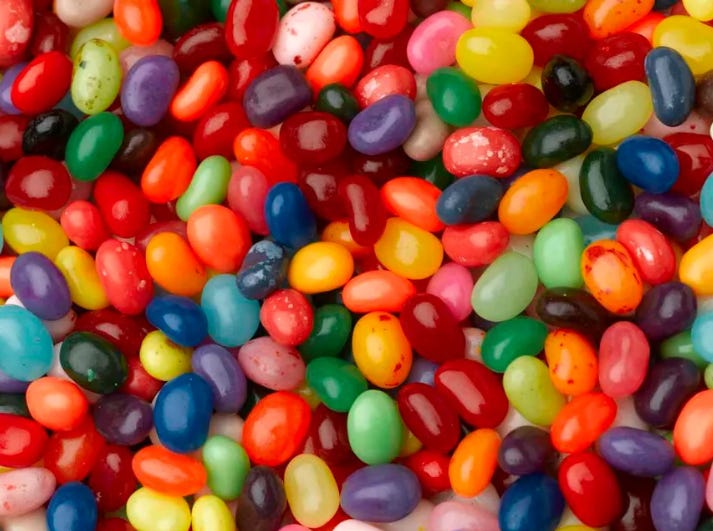Today in CPG, health-forward reformulation, data-driven retailing and boardroom resets share top billing. Big brands—from Hershey to artisan salumi makers—are scrubbing synthetic dyes and nitrates, proving that “clean label” is now a deadline, not a differentiator. Retailers, meanwhile, are racing to monetize first-party data and reinvent floor space, as H-E-B pours cash into experiential upgrades and the U.K.’s John Lewis pushes its ad network onto connected TV. Upstream, specialty farms and laser-weeding robots hint at a herbicide-lite future, even as looming federal trucking-emission rules threaten to add double-digit costs to rural freight lanes. Finally, activist investors are reshaping the frozen-potato aisle at Lamb Weston and Italian bakery consolidation rolls on, showing that capital markets remain anything but quiet.
🛒 H-E-B will invest US$15 million to gut-renovate its landmark San Antonio store, adding a taproom, wider aisles and an expanded meal-solutions zone ahead of the holidays.
📺 John Lewis Partnership is taking its retail-media network off-site, letting brands run connected-TV and display ads powered by Waitrose & John Lewis first-party data.
🌱 “Lifestyle” hobby farms now account for nearly a quarter of all U.S. agricultural operations, blending off-farm income, agritourism and specialty crops to keep rural acres profitable.
🔬 A Chinese laser-weeding robot promises a 95 % kill rate in vineyards and row crops, pitching a herbicide-free path to export-market compliance.
⚠️ NY Times tests show some U.S. rice brands exceeding global arsenic limits, reigniting calls for stricter heavy-metal standards.
🎨 Hershey will remove synthetic dyes from all snacks by 2027, joining Kellogg, Conagra and Nestlé in pre-empting expected FDA bans.
🍕 Columbus Craft Meats debuts its first stand-alone uncured pepperoni, chasing the US$108 million deli-pep category with fennel-paprika spice and no added nitrates
🥧 McDonald’s revives a Blueberry & Crème Pie limited time offer to spark social chatter and late-day traffic.
🚚 Farm-state lobbyists warn forthcoming federal trucking-emission rules could add 12 % to rural freight costs, squeezing grain and refrigerated lanes first.
🧊 Lamb Weston settled with activist Jana Partners by adding ex-Nestlé USA and McCormick CEOs to its board, promising a sharper look at capital allocation.
🇮🇹 Valeo Foods snapped up heritage baker Melegatti 1894, extending its sweet-bakery reach beyond panettone into everyday croissants for EU and U.S. export.
Dive of the Day – Synthetic Dyes Get Their Marching Orders
The Hershey Company became the latest CPG heavyweight to pledge a full phase-out of synthetic food dyes by year-end 2027, covering crowd-pleasers from Dot’s Pretzels to SkinnyPop and putting more than US$10 billion in annual snack sales on a reformulation clock. Hershey follows Kellogg, Conagra and General Mills, all reacting to pediatric-health pressure and looming FDA guidance linking petroleum-based colors to behavioral and metabolic risks.
Natural pigments such as spirulina blue and butterfly-pea extract cost four to eight times their FD&C counterparts and fade faster under light and heat, tilting advantage toward chilled supply chains and premium price points while squeezing private-label laggards. Retail buyers, already reshuffling planograms around sugar taxes and HFSS rules, are signaling that “artificial-free” will soon sit alongside non-GMO as a table-stakes attribute—raising the stakes for co-packer capacity, SKU rationalization and M&A in plant-based colorant startups.
Lock in multi-year contracts for natural pigment supply now, budget extra R&D for texture and flavor re-balancing, and brief sales teams on the upside: early movers can seize incremental facings as retailers cull non-compliant rivals. Monitor FDA draft guidance expected in Q4 and leverage lifecycle-analysis data to turn reformulation cost into a sustainability story that shoppers—and investors—will pay for.




